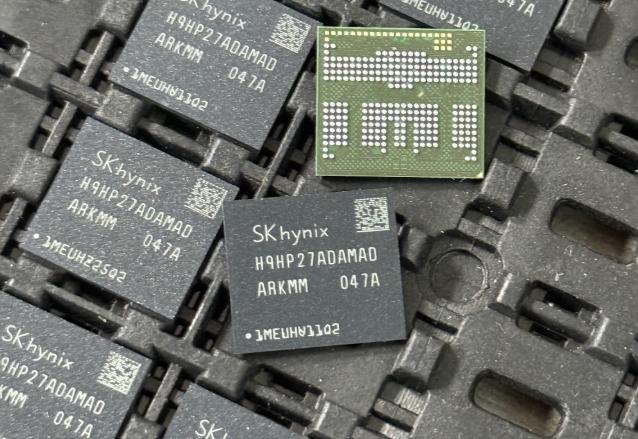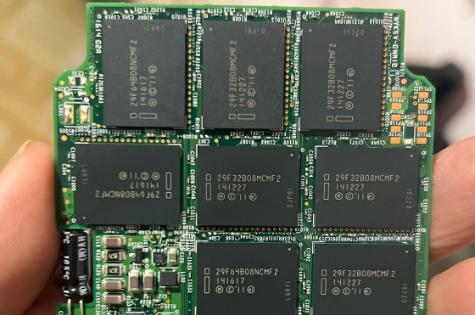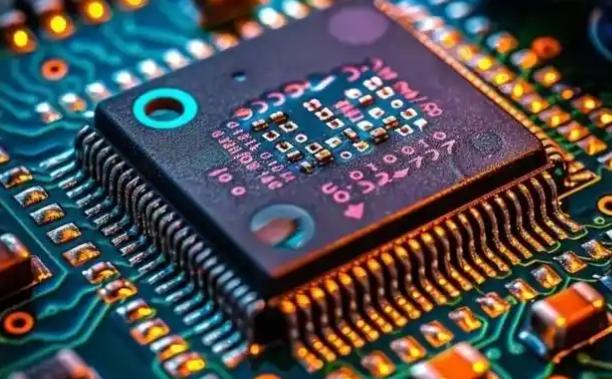Hello! now About Us
Working Principle of the Rechargeable Battery GRP403530-1C-3.8V-360MAH WITH PCM
8/13/2025 2:42:40 AM
In the era of highly integrated electronic devices, rechargeable batteries have become the core power source for portable devices, smart wearables, medical instruments, and other fields. Taking the GRP403530-1C-3.8V-360MAH WITH PCM lithium-ion polymer (Li-Po) battery as an example, its working principle integrates electrochemical energy storage, circuit protection, and thermal management technologies, forming an efficient, safe, and stable energy supply system. This article will delve into the working principle of this product from three dimensions: the battery's physical structure, the charge-discharge reaction mechanism, and the functions of the PCM (Protection Circuit Module).
1. Battery Physical Structure: The Core Carrier of Electrochemical Energy Storage
The GRP403530-1C-3.8V-360MAH battery employs lithium-ion polymer technology, with its core components including the cathode, anode, electrolyte, separator, and aluminum-polymer composite film casing.
Cathode Material: Typically, lithium cobalt oxide (LiCoO₂) or ternary lithium (LiNixCoyMnzO₂) is used. During charging, it releases lithium ions, and during discharge, it receives them.
Anode Material: Graphite or silicon-carbon composite materials are the primary choices. Lithium ions are intercalated into the anode during charging and deintercalated during discharge.
Electrolyte: A mixture of organic solvents and lithium salts (e.g., LiPF₆) provides an ionic pathway for lithium ion transport while preventing direct electron flow.
Separator: Made of polyethylene (PE) or polypropylene (PP) microporous membranes, it allows lithium ions to pass through unidirectionally while preventing short circuits between the cathode and anode.
Casing: The aluminum-polymer composite film offers lightweight and high flexibility, enabling adaptation to ultra-thin device designs.
This battery has a nominal voltage of 3.8V and a capacity of 360mAh, meaning it can continuously deliver 0.36A of current for one hour at 3.8V or support higher currents for shorter durations. With an energy density of 200–250 Wh/kg-significantly higher than traditional nickel-metal hydride batteries (60–70 Wh/kg)-it is an ideal choice for smartphones, Bluetooth earphones, and other devices.
2. Charge-Discharge Reaction Mechanism: The "Rocking Chair Motion" of Lithium Ions
The charging and discharging processes of lithium-ion batteries are essentially intercalation-deintercalation reactions of lithium ions between the cathode and anode, a mechanism aptly termed the "rocking chair battery."
Charging Phase: When an external power source applies a voltage, lithium ions are extracted from the cathode material (e.g., LiCoO₂) and migrate through the electrolyte to the anode, where they are intercalated into the graphite layers to form LiC₆ compounds. During this process, the cathode is oxidized due to lithium ion depletion, while the anode is reduced as lithium ions are intercalated. Electrons flow from the cathode to the anode through the external circuit, converting electrical energy into chemical energy.
Discharging Phase: When the battery supplies power to a device, lithium ions are deintercalated from the anode, migrate back to the cathode through the electrolyte, and re-intercalate into the LiCoO₂ lattice. Electrons flow from the anode to the cathode through the external circuit, generating current to drive the device.
The efficiency and cycle life of the battery depend on factors such as the lithium salt concentration in the electrolyte, the ionic conductivity of the separator, and the structural stability of the cathode and anode materials. The GRP403530-1C battery achieves a cycle life of 500–800 cycles (based on an 80% capacity retention rate) thanks to its optimized electrode material formulations and electrolyte additive technologies.
3. PCM Module: Dual Protection for Safety and Performance
The "WITH PCM" designation indicates that the battery integrates a Protection Circuit Module (PCM), whose core functions include overcharge protection, over-discharge protection, overcurrent protection, and short-circuit protection-ensuring safe battery operation.
Overcharge Protection: When the battery voltage reaches 4.35V (threshold varies by protection chip model), the protection chip (e.g., DW01A) in the PCM cuts off the charging circuit, preventing excessive lithium ion intercalation into the anode, which could cause lattice collapse, battery swelling, or even fire.
Over-discharge Protection: If the battery voltage drops to 2.5V, the protection chip disables the discharging circuit, preventing structural damage to the anode material and irreversible capacity loss.
Overcurrent Protection: By monitoring the voltage drop across the MOSFET (Metal-Oxide-Semiconductor Field-Effect Transistor), the PCM cuts off the circuit if the discharge current exceeds 2C (720mA), preventing overheating or internal short circuits.
Short-Circuit Protection: In the event of a direct short between the cathode and anode, the PCM can disconnect the circuit within microseconds, avoiding a catastrophic surge in current and potential explosion risks.
Additionally, some advanced PCM modules incorporate thermal management functions via built-in NTC (Negative Temperature Coefficient) thermistors that continuously monitor battery temperature. If the temperature exceeds 60°C, the PCM reduces the charge-discharge current; if it continues to rise to 85°C, it forcibly shuts down the battery to prevent thermal runaway. This feature is particularly critical for the GRP403530-1C battery, as its aluminum-polymer casing has weaker heat dissipation than metal-cased batteries, necessitating PCM-based thermal management.
4. Applications and Technical Advantages
The GRP403530-1C-3.8V-360MAH WITH PCM battery is widely used in the following scenarios due to its high energy density, ultra-thin design, and robust safety features:
Smart Wearables: Such as smartwatches and wireless earphones, where its 3.8V voltage is compatible with device power management chips (e.g., TP4055), enabling direct power supply to displays, sensors, and other modules.
Medical Electronics: Portable glucose meters and heart rate monitors demand high battery safety. The PCM ensures reliable operation even under extreme conditions (e.g., accidental short circuits).
IoT Terminals: Low-power sensor nodes require long-term stable power. The battery's 360mAh capacity supports device operation for months or even years, reducing replacement frequency.
Compared to traditional cylindrical 18650 batteries, the soft-pack structure of the GRP403530-1C (thickness: 3–5mm) offers flexible adaptation to device internal spaces while minimizing leakage risks through aluminum-polymer casing, enhancing product reliability.
Conclusion
The working principle of the GRP403530-1C-3.8V-360MAH WITH PCM battery represents a sophisticated integration of electrochemical energy storage and electronic protection technologies. From the "rocking chair motion" of lithium ions to the intelligent monitoring of the PCM, every component is meticulously designed to ensure efficient, safe, and stable battery operation. As 5G and IoT technologies continue to evolve, the demand for compact, high-safety batteries will grow, and advancements in such products will provide stronger power support for the development of smart devices.
Fudong Communication (Shenzhen) Group Co., Ltd., established in 2004, is a specialized global first tier semiconductor agent/distributor.
Fudong Mall is an online e-commerce platform belonging to Fudong Communication (Shenzhen) Group Co., Ltd. Fudong collaborates with global electronic component distributors and Chinese spot inventory suppliers.









